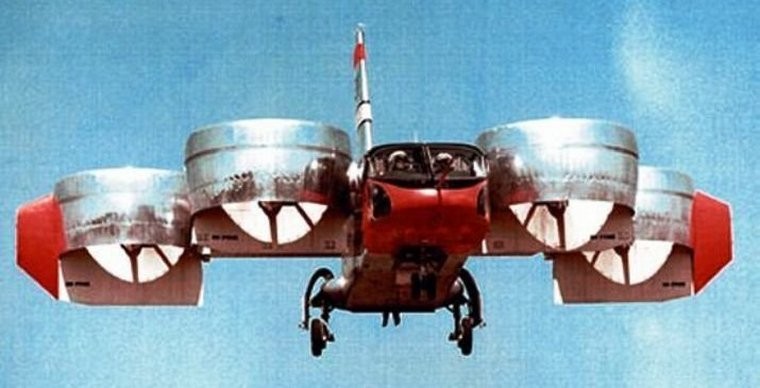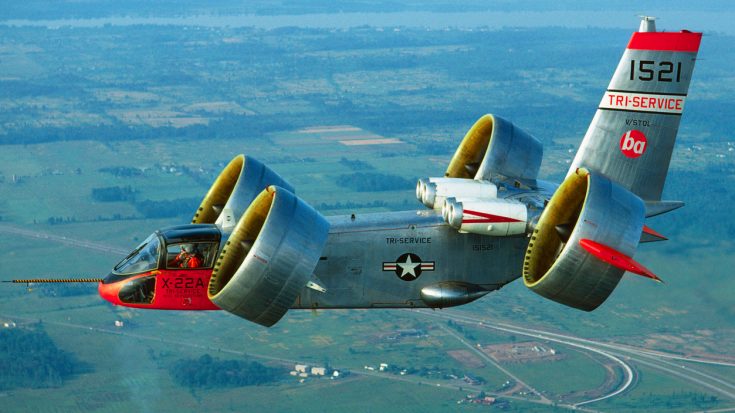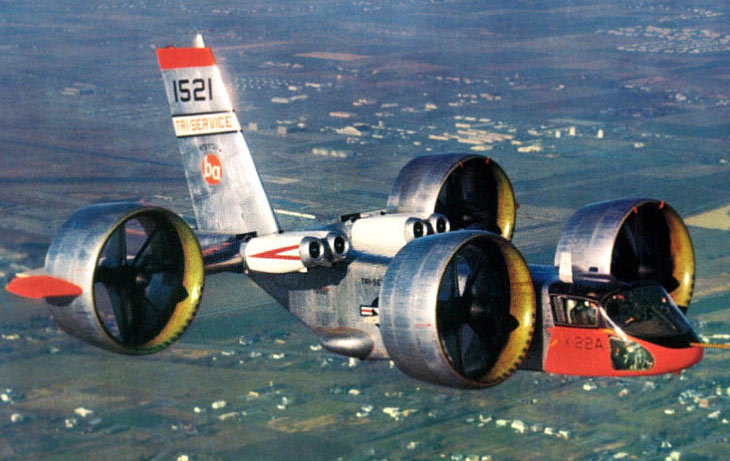The Bell X-22 Revolution: Breaking Barriers at 8,000 Feet, Exceeding 300 mph, and Covering 450 Miles

When flying in an aircraft, you aren’t always guaranteed the best terrain in the world for takeoff or landing. These critical phases of flight also demand a significant amount of space, which isn’t always readily available.
Vertical takeoff capability has long been a coveted feature for aircraft, and one of the pioneering planes to successfully implement it was the Bell X-22.

Powered by four ducted fans, the X-22 made its debut in the mid-1960s. It was a spacious aircraft designed to accommodate two pilots and carry up to six passengers or a maximum payload of 1,200 pounds. The X-22 had the remarkable ability to hover at altitudes of up to 8,000 feet, achieve speeds slightly exceeding 300 miles per hour, and cover a range of 450 miles. Two X-22 prototypes were built and put through rigorous testing; unfortunately, one of them was lost in a crash attributed to hydraulic problems.

In the end, the X-22 remained an experimental aircraft because its designs didn’t quite meet the standards sought by the United States Air Force.

Nonetheless, the Bell X-22 contributed significantly to the research and development of future vertical takeoff and landing (VTOL) aircraft. It provided invaluable data that propelled advancements in this field. Here’s a clip showcasing the Bell X-22 in a trial run at various altitudes, highlighting its innovative VTOL capabilities.







